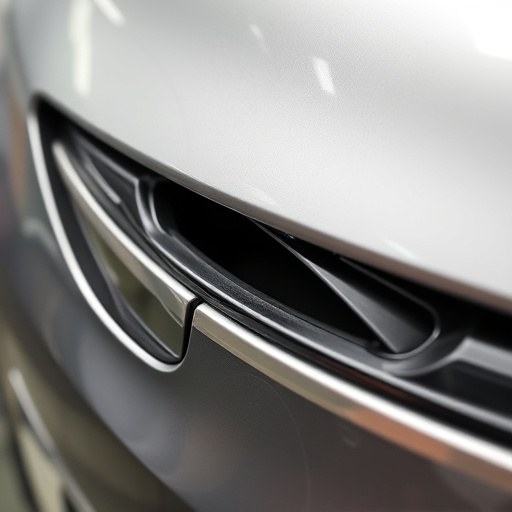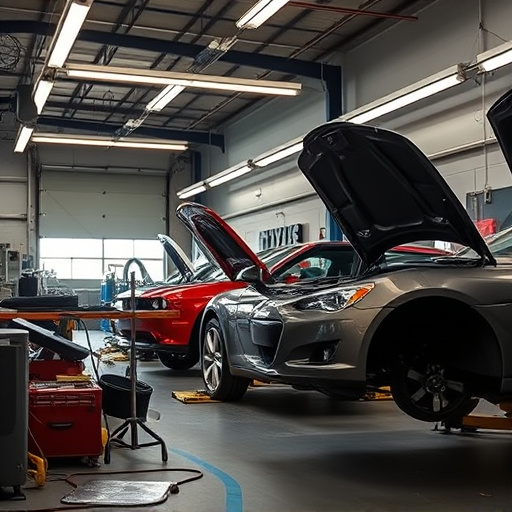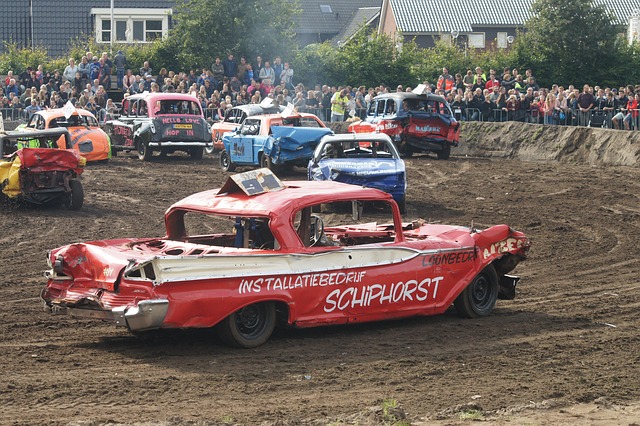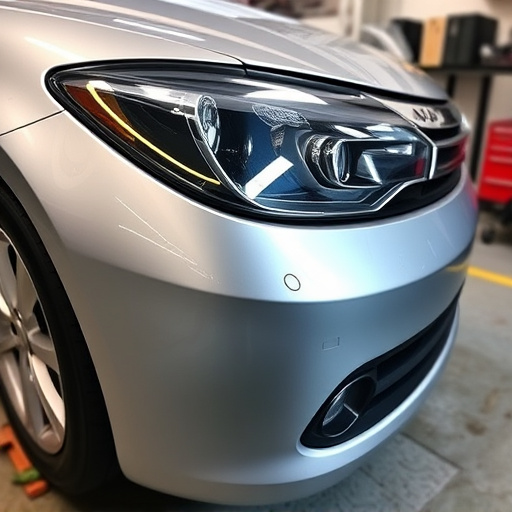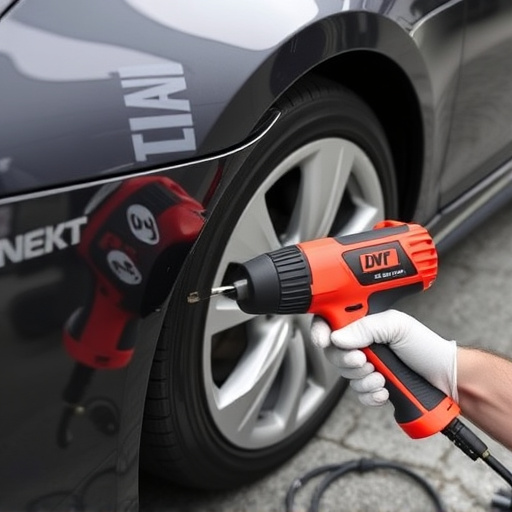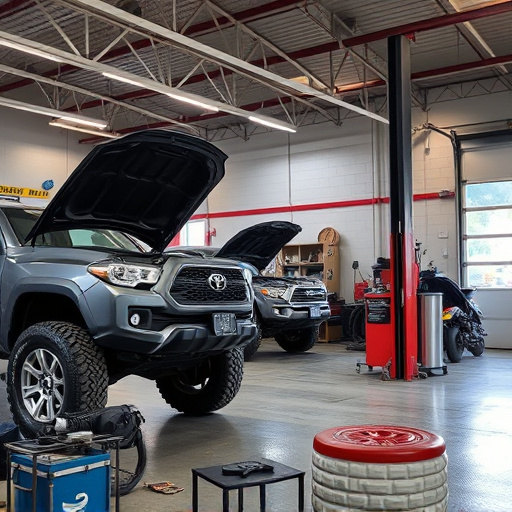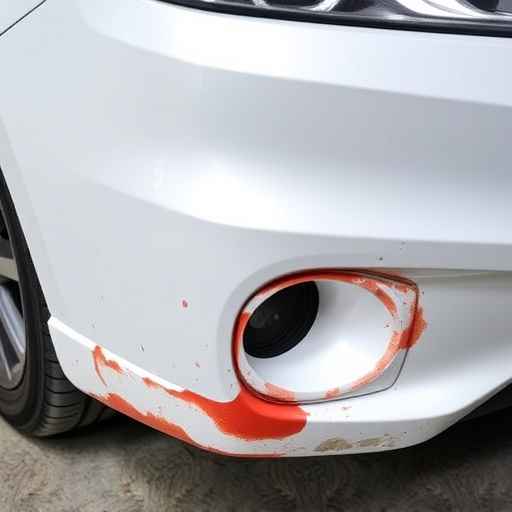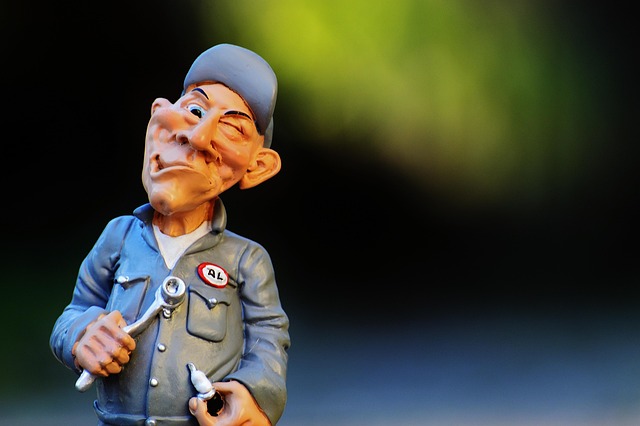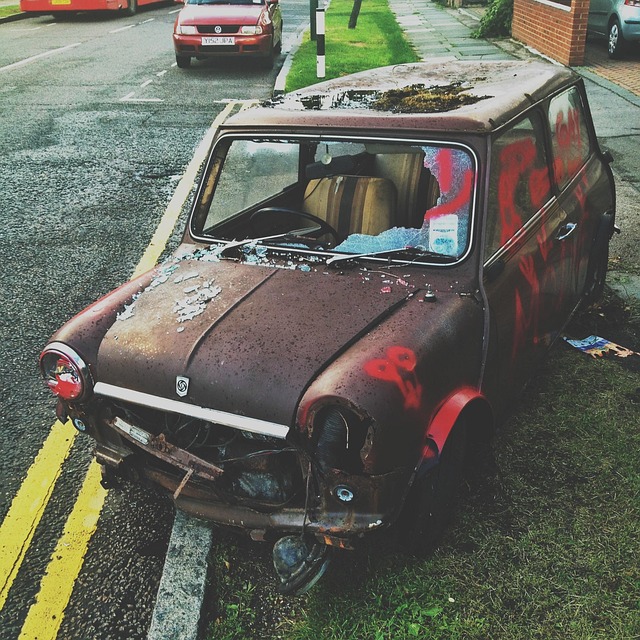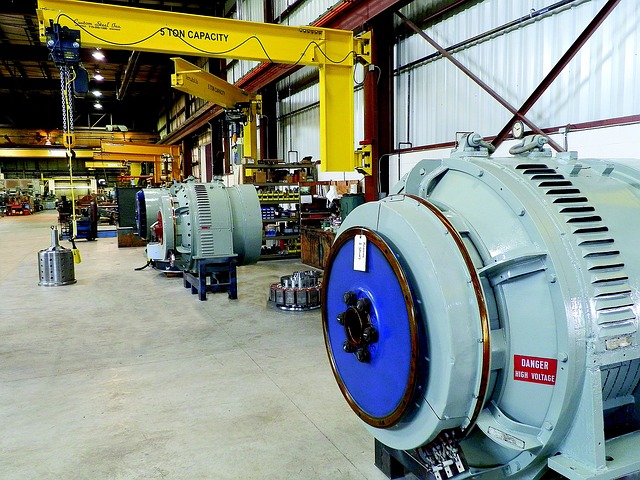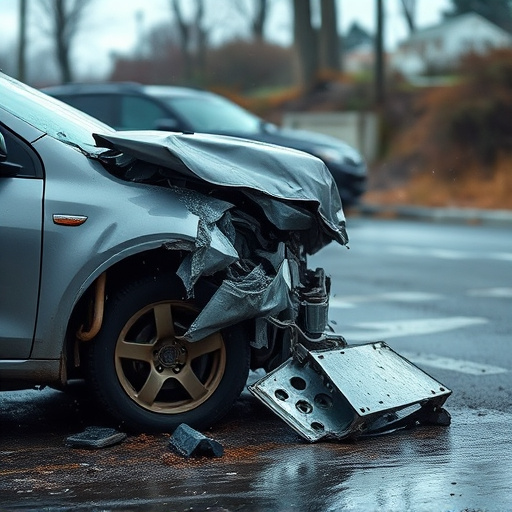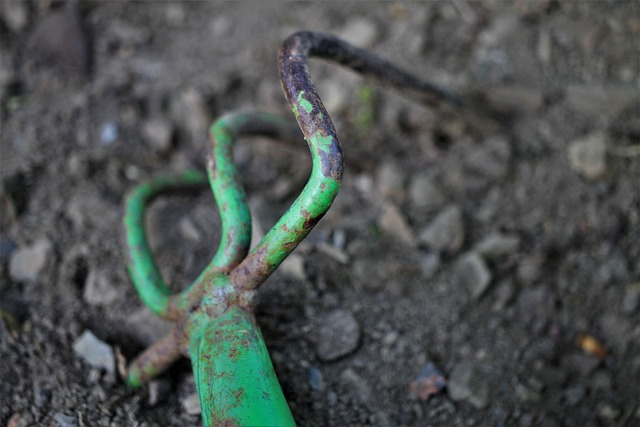Rigorous post-repair inspections in emergency collision repair ensure vehicle safety and quality. These checks cover structural integrity, paint accuracy, and system functionality, building customer trust and enhancing road safety by restoring vehicles to optimal conditions after complex repairs. Skimping on inspections is hazardous, emphasizing the crucial role of meticulous protocols for fleet repair services.
In the fast-paced world of emergency collision repair services, post-repair inspections are a critical step to ensure quality and safety. This comprehensive guide delves into the essential protocols and elements that define these rigorous checks. From understanding the importance of detailed inspections to identifying vital components, this article navigates the crucial role of post-repair evaluations in maintaining high standards within the industry. By exploring these practices, we emphasize the commitment to excellence in emergency collision repair.
- Understanding Post-Repair Inspection Protocols
- Essential Elements in Emergency Collision Repair Checks
- Ensuring Quality and Safety Through Comprehensive Inspections
Understanding Post-Repair Inspection Protocols
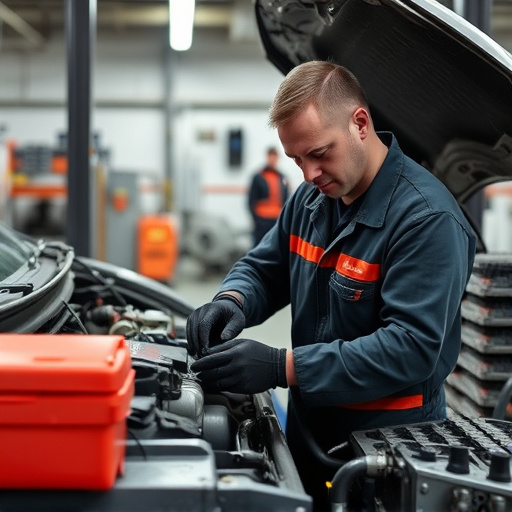
Post-repair inspections are a critical aspect of emergency collision repair services, ensuring that vehicles return to their owners in safe and impeccable condition. These inspections involve meticulous checks to verify the quality of repairs, focusing on both structural integrity and aesthetic restoration. In the context of emergency collision repair, where time is of the essence, established inspection protocols serve as guidelines for vehicle body shops to maintain consistent standards.
Comprehensive post-repair assessment includes examining every component, from scratch repair and fender repair to ensuring proper alignment and paintwork accuracy. By adhering to these protocols, skilled technicians can identify even subtle issues that might have been overlooked during the initial repair process. This meticulous approach not only guarantees customer satisfaction but also fosters trust in the vehicle body shop’s expertise, especially when dealing with time-sensitive emergency situations.
Essential Elements in Emergency Collision Repair Checks
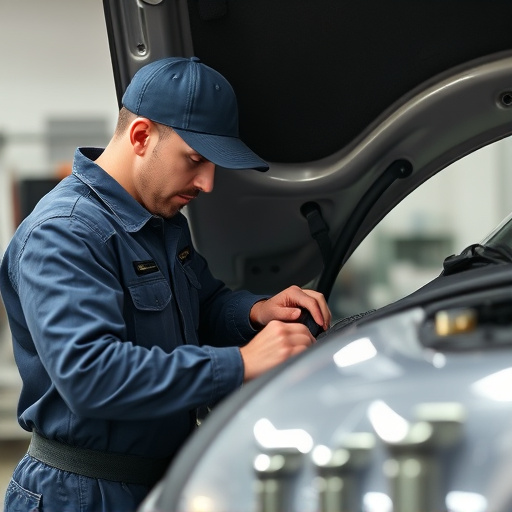
In the fast-paced world of emergency collision repair, thorough post-repair inspections are non-negotiable. These checks ensure that every vehicle leaves the body shop in safe and reliable condition. Essential elements in these inspections include a meticulous examination of all structural components, ensuring precise alignment and proper functioning after repairs. This involves checking for any loose parts, paint discrepancies, or misaligned panels, which could indicate incomplete or incorrect repairs.
Additionally, critical systems such as brakes, lights, wipers, and tires should be assessed for both functionality and safety standards. In cases of hail damage repair or more complex incidents, special attention must be given to ensure that all repairs meet industry guidelines. Integrated tire services are also a crucial aspect, as proper inflation pressure and tread condition directly impact vehicle handling and safety. These checks not only guarantee customer satisfaction but also contribute to road safety, ensuring that vehicles returning to the road are in peak condition after emergency collision repair.
Ensuring Quality and Safety Through Comprehensive Inspections
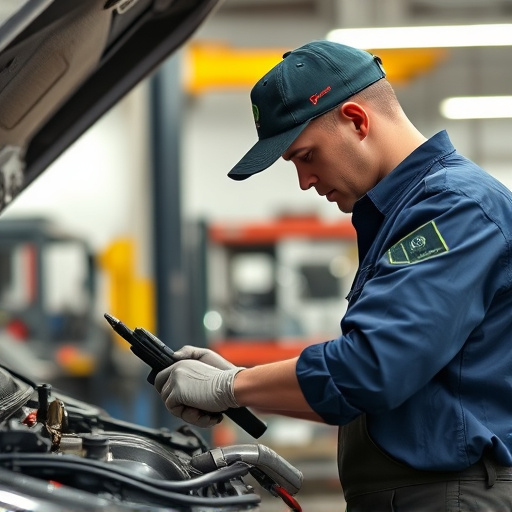
In the fast-paced world of emergency collision repair, quality and safety should never be compromised. Comprehensive post-repair inspections play a pivotal role in ensuring that vehicles return to the road in tip-top condition. These meticulous checks involve a thorough evaluation of every aspect of the repair, from structural integrity to paint accuracy and functionality of all systems. By implementing rigorous inspection protocols, auto body shops offering fleet repair services can guarantee not just the aesthetic appeal but also the overall safety of repaired vehicles.
Car body repair that cuts corners or skimps on inspections invites potential hazards. A well-conducted post-repair inspection process identifies any discrepancies or remaining damage that might have been overlooked during the initial assessment, ensuring every vehicle meets the highest standards before leaving the auto body shop. This is especially critical in emergency collision repair scenarios where quick turnaround times can sometimes lead to rushed work, underscoring the importance of a comprehensive inspection checklist tailored for each unique vehicle and its specific needs.
Post-repair inspections are an indispensable aspect of emergency collision repair services, ensuring that vehicles return to their owners in a safe and high-quality condition. By adhering to stringent inspection protocols, as outlined in this article, collision centers can maintain accuracy, consistency, and customer satisfaction in their work. This meticulous process is key to upholding the reputation of the industry and fostering trust among clients who rely on emergency repair services for peace of mind.
